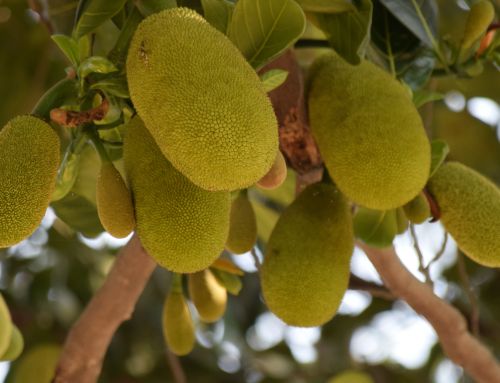Mangroves in Southeast Asia:
Mangroves are a type of tree that grows in coastal areas, typically in the tropics and subtropics. They play an important role in protecting coastlines from erosion and storm surges, and they also serve as a vital habitat for a wide variety of plant and animal species. Unfortunately, many mangrove forests in Southeast Asia have been destroyed due to human activities such as urban development and over-harvesting.
Mangrove deforestation in Southeast Asia has been driven by a variety of factors. One of the main drivers has been the conversion of mangrove forests into agricultural land, particularly for the production of shrimp ponds. As the demand for seafood, especially shrimp, has risen in recent decades, many mangrove forests have been cleared to make way for these ponds. The conversion of mangrove forests into other types of land uses such as housing, commercial and industrial developments, and aquaculture also played a role.
Another major driver of mangrove deforestation in Southeast Asia has been illegal logging. Mangrove wood is valuable for its strength and durability, and it has been used in a variety of applications, such as construction, furniture making, and charcoal production. Illegal logging operations can cause significant damage to mangrove forests and can be difficult to control due to the remote locations of many mangrove forests and the lack of effective law enforcement. In addition to these drivers, there are also some additional factors such as population growth, urbanization, and lack of awareness about the importance of mangrove forests that have contributed to the degradation of these ecosystems.

Reforestation of Mangroves:
Reforestation of mangroves can help to restore the natural coastal protection they provide. Mangroves help to protect against coastal erosion by stabilizing the soil and absorbing wave energy. They also act as a barrier against storm surges, which can be especially important in areas that are prone to typhoons and cyclones. In addition to these physical benefits, reforestation of mangroves can also improve water quality by reducing the amount of sediment and pollutants that flow into the ocean.
Another important reason for the reforestation of mangroves is the role they play as a habitat for a wide variety of plant and animal species. Mangroves provide a home for many species of fish, crustaceans, and other marine life, which can then be a source of food for humans, for example, prawns and crabs are common in these areas. Reforestation can also help to protect endangered species such as the tiger prawn, which is native to Southeast Asian mangroves.
Methods to reforest Mangroves:
- One of the most common methods is the planting of mangrove seedlings, which can be grown in nurseries before being transplanted to the desired location.
- Use of mangrove propagules, which are small pieces of a mangrove tree that can be used to grow new trees. Both of these methods can be time-consuming and expensive but have shown promising results.
- Because of this, carbon finance plays an important role in mangrove reforestation by providing a financial incentive for the conservation and restoration of these ecosystems.

Carbon Financing in Mangrove Reforestation:
Carbon finance mechanisms such as carbon offsetting and carbon credits allow for the generation of income from the carbon sequestered by the trees in a reforested area, and this income can be used to cover the costs of reforestation and ongoing maintenance. Furthermore, it creates space for education and essential community projects. The way that carbon finance can be used in mangrove reforestation is when organizations or companies that produce greenhouse gas emissions can offset their emissions by investing in the reforestation of mangrove forests.
The carbon sequestered by the trees is then used to generate carbon credits, which can be sold to organizations or individuals looking to offset their emissions. The proceeds from the sale of these credits can be used to cover the costs of reforestation, maintenance, and community projects.
The Crucial Role of Carbon Credit Financing for Mangrove Reforestation:
In conclusion, reforestation of mangrove forests in Southeast Asia is crucial for protecting coastlines, improving water quality, and preserving vital habitats for a wide variety of plant and animal species. Carbon finance can be a valuable tool to help fund the costs of mangrove reforestation, protect and restore these important coastal ecosystems, and address the problem of climate change by sequestering carbon and helping the communities transition to more sustainable practices.
So even if mangrove reforestation can be a time-consuming and expensive process, VNV Advisory believes that the long-term benefits are well worth the effort and has been developing sustainable mangrove ecosystems in India, Sri Lanka, Bangladesh, and Myanmar. In support of the mitigation of carbon, purchase carbon credits at VNV Market and also take a look at some of our programs in Sri Lanka (VCS3357), Myanmar (VCS3333), and India (VCS3360).




